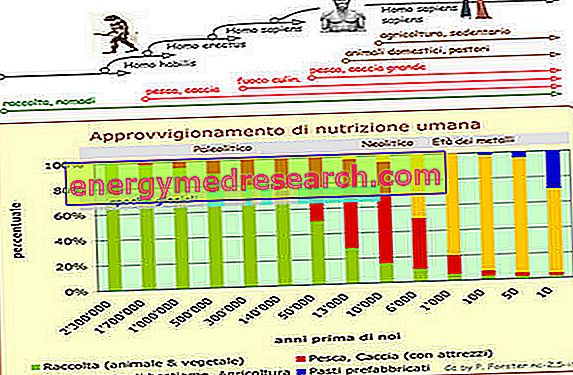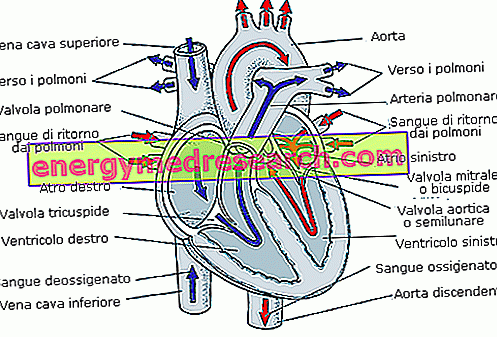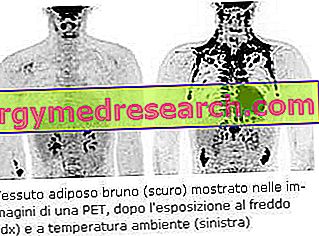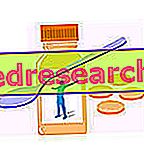By Dr. Davide Marciano
What is the Paleo Diet?
More and more often we hear about paleodieta, this "new" nutritional approach based on our genetic makeup.
The man appeared two million years ago and it has been shown that his genetic composition, to date, has changed less than 1%, so the nutritional information left in the memory of our genetic code are identical to those of the era of Stone. In other words, we have progressed in many areas, but our genetics is "equal" to that of the paleolithic man.
How do we know what the man of the past ate?
This is allowed by the study:
- skeletal remains;
- of the different wear of the teeth, due to the chewing of animals or plants;
- of the lithic instruments manufactured by it;
- by census of animal and plant remains found in prehistoric sites, which allow the identification of the species most present in the Paleolithic human diet.
On the basis of these systems of investigation, today we can understand the food evolution that goes from the first hominids (4 million years ago, in East Africa, where human evolutionary history begins) to Homo sapiens .
Man has spent more than 99% of his life on Earth practicing hunting, gathering and fishing, favoring one or the other activity according to the environmental conditions.
Let's talk about a diet based on meat, fish, nuts, seeds, vegetables and fruit.
Thanks to the studies of dr. Loren Cordain of the University of Colorado (creator of the Paleolithic diet), it was deduced that almost 60% of the calories came from the ingestion of animals; in particular, hominids favored internal organs and bone marrow and rarely fed on eggs.
Birth of Agriculture
Today, some tribes still retain this characteristic, such as the aborigines of the Australian desert, some tribes of the Philippines and the Indians of the Amazon forest.
About 12, 000 years ago, this genetic make-up formed over millions of years (think about how they can affect 12, 000 years on MILLIONS of years) is completely upset by a change not yet accepted by our organization: the birth of agriculture and breeding allowed the man not to migrate anymore with the alternation of the seasons, preserving food throughout the year such as cereals, milk and derivatives, defined nowadays, indispensable for a healthy diet.
Foods born and / or imported from this period onwards would go against our genetic characteristics. Furthermore, we would talk about highly caloric and nutrient-poor foods, unlike pre-agriculture foods rich in vitamins, minerals, proteins, etc.
The influence of the contrast between pre and post agriculture on our genetic makeup has most likely triggered, in the last decade, the so-called disinsulinism or Syndrome X, which in the course of time is able to generate hypertension, obesity, hyperlipidemia, diabetes, diseases cardio-circulatory and more. This happens, as 12, 000 years are not enough to modify our genes and adapt them to these new foods. In fact, to verify this situation / evolution it is estimated that 20, 000 / 60, 000 years must pass.

Strictly personal opinion!
What to eat?
I would like to think about this nutritional approach, regardless of the fact that it can be called paleolithic or metabolic or zone or other power. What do you eat in this diet?
Non-starchy fruits and vegetables
Foods decanted even in the best TV lounges for their excellent characteristics.
- Rich in water (our body is mainly made up of water and its external introduction is essential for health)
- Rich in vitamins and minerals (often included in the prevention of diseases)
- Rich in fiber (excellent sweepers and insulin relievers).
- Rich, especially the fruit, even if with some differentiations, of fructose: sugar with a low glycemic index that constantly gives energy to the body avoiding glycemic changes due to many adverse situations.
Furthermore, the consumption of large quantities of vegetables and fruit produces an alkaline, non-acidic environment in the body, with protective effects for bones and health in general (one could talk a lot about western acidification).
Predominantly lean meats, fish and seafood
On lean meats here too I think the judgment is unanimous: foods rich in noble proteins with little saturated fats.
Fish and seafood, again, represent excellent protein sources with the addition of fats (omega 3 - when they are not grown on the farm) essential for the well-being of our body
Dried fruit
Excellent vegetable proteins with optimal lipid source
Foods to Avoid
All junk foods and industrial products are to be avoided - all sweeteners - foods with hydrogenated fats - refined oils - coffee - alcohol - preservatives - colorings.
Paleo Diet Rules
It is not absolutely necessary to calculate the caloric intake but you have to eat your fill.
Orient yourself towards quality (choose only certain foods) and not quantity (1000 - 2000 or 3000 calories).
Loren Cordain recommends, in his book, compliance with these rules:
- Take a good amount of animal protein
- Eat less carbohydrates than those usually recommended by popular diets, but consume fruits and vegetables, without starchy tubers, cereals and refined sugars
- Take fiber, always from fruits and vegetables
- Take a moderate amount of fat, especially omega 3 and omega 6 in equal quantities
- Nutrits rich in potassium and low in sodium
- Follow a diet with a high alkaline content, that is rich in minerals such as calcium, potassium and magnesium
- Prefer foods rich in phytochemicals, vitamins, mineral salts and antioxidants.
Health Considerations
Do you think there is something harmful in this?
It seems that foods with very high nutritional value are recommended and the so-called junk foods are not recommended.
On cereal intake one may be in agreement or not, but it is undeniable that from their advent in human civilization man has begun to have some pathology.
Everyone talks about the benefits (?) Of cereals but nobody says that cereals also contain:
- gluten, capable protein, in subjects predisposed to provoke strong autoimmune reactions in the pancreas, intestine, thyroid
- phytates that block the absorption of important mineral salts and reduce protein assimilation
- the exorphine that causes that typical feeling of relaxation given by the consumption of a nice sandwich, which also gives dependence.
As for dairy products and dairy products, I wonder ... but how do we demonize saturated fats as they are harmful to our arteries, and then we recommend the daily intake of dairy products and derivatives?
Continuing on the fats, we should - before checking the quantity in food - evaluate the omega 6 / omega 3 ratio. The optimal ratio is 2: 1. The meat and animal fats of the Paleolithic diet reach a ratio of 4: 1, almost perfect.
The actual meats coming from beasts bred, coincidentally, with cereal flours contain an omega 6 / omega 3 ratio of 20: 1 which is the one present in any type of cereal !!
So, is it better to say that meat hurts or can we say that meat hurts when animals feed unnaturally?
Continue: Paleo Diet Example »



